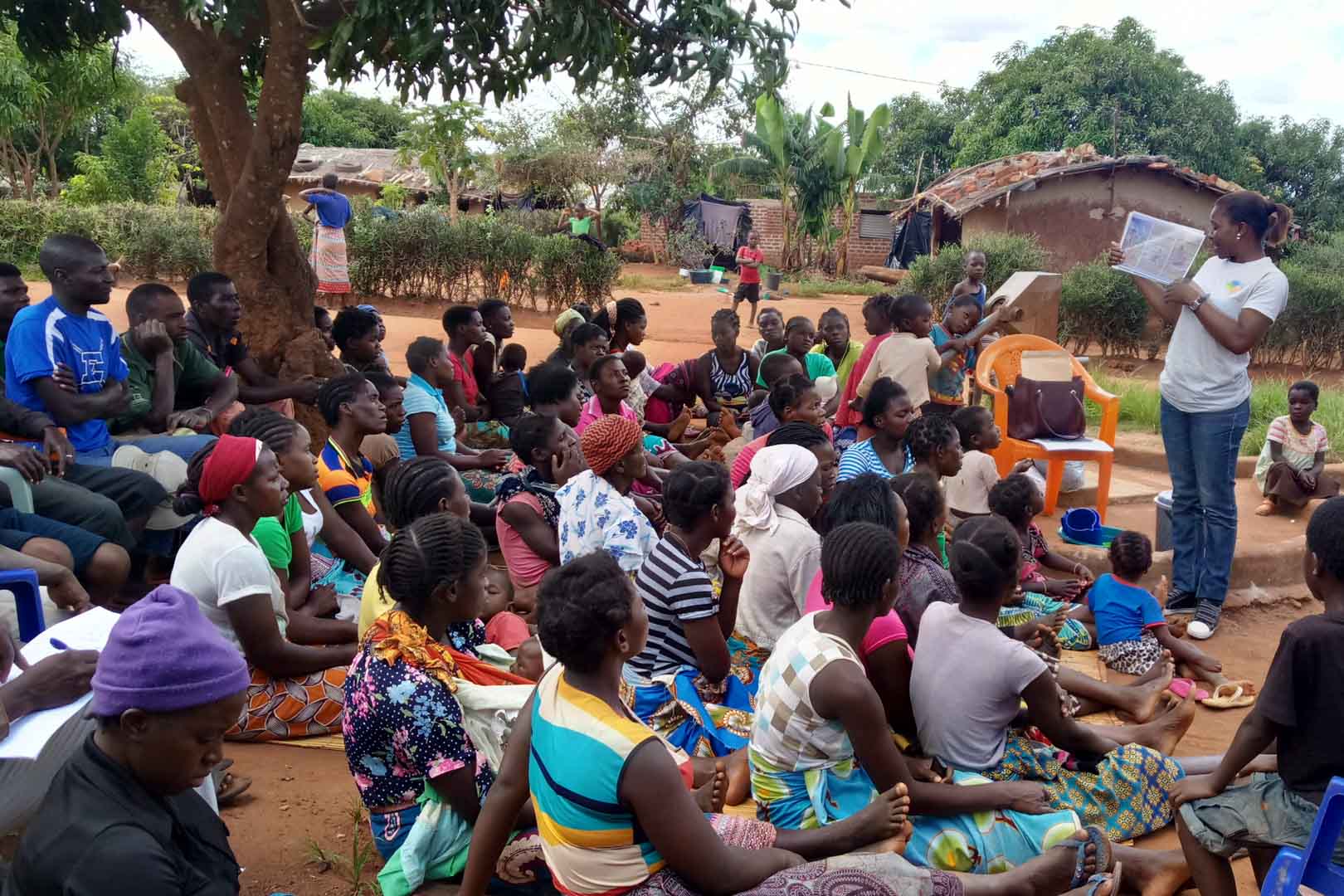Clean drinking water helps people and the environment
This project provides access to clean drinking water to about 102,000 additional residents in Tete, Sofala and Manica provinces in central Mozambique through the use of borehole technologies. The provision of clean water replaces the need for water treatment/purification at open fireplaces in households. This, in turn, reduces carbon dioxide emissions generated by the combustion mostly of wood. In addition, diseases caused by air pollution at open fireplaces, to which women and children in particular are often exposed, are avoided.
Together with local NGOs, the project identifies communities in need of new boreholes or maintenance and ensures the water quality of the extracted water. The project is cerified by the Gold Standard, which measures, in addition to the calculated carbon credits, the local social, environmental and economic impacts of the project.

According to UNICEF, 2.2 billion people worldwide lack reliable access to safe and clean drinking water – 26% of the global population. Women and girls often must travel long distances to collect water from the nearest water point. To make the water safe for use, it is typically boiled over open fires using wood, which generates carbon emissions and harmful smoke. Additionally, the collection of firewood contributes to deforestation.
Climate projects for clean drinking water offer practical solutions. Water can be treated chemically (e.g., with chlorine-based purifiers), mechanically (e.g., with water filters), or through tapping groundwater from wells. For this, wells must be repaired, maintained, or newly installed, as only functioning wells provide clean drinking water. These solutions grant even remote villages access to safe water.
Such projects also reduce carbon emissions by eliminating the need to boil water and help combat deforestation. The clean drinking water projects in ClimatePartner's portfolio are registered with international standards.
Explore our projects
Biochar for Climate Action, Healthy Soils, and Better Harvests

A certified climate project combined with additional commitment

Expansion of renewable energy generation in Asia

Ceramic water filters save CO2 and improve health

Improved cookstoves worldwide – for better health and cleaner air

A certified climate project combined with additional commitment

Powering access to renewable energy in Africa

A certified climate project combined with additional commitment

Restored ecosystems remove carbon

Turning degraded farmlands into healthy ecosystems

Improved cookstoves - better for health and the environment














